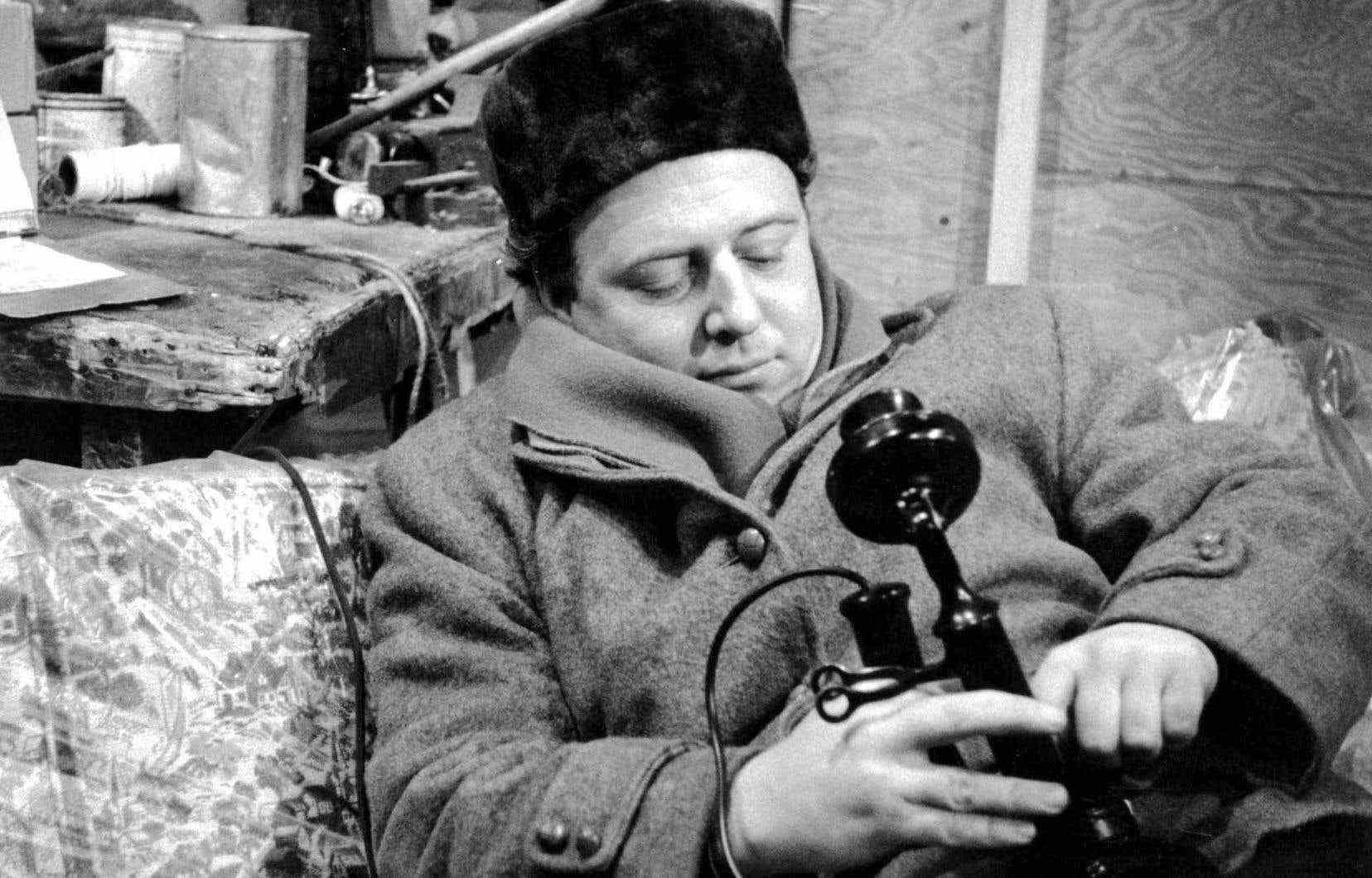Do the exercise: show the movie trailer December 23 to someone who has never heard of it, without the sound and without revealing the title. Then ask him what kind it is. The person will have no choice but to guess that it is a “Christmas” movie.
It is clear that, nowadays, a real cinematographic genre — and several sub-genres, as we will see later — has developed around the holiday season. While moviegoers will want to take advantage of the upcoming holidays to see or rewatch Christmas films, The duty wondered what constitutes the codes of the genre, in Quebec as elsewhere, and what may be its historical roots.
A unifying cinema
Several specialists believe that it is the sober French short film Father’s Christmas (1906) which started the ball rolling. Directed by Alice Guy, considered the very first fictional filmmaker in the history of cinema, the film depicts a priest who is looking for the necessary equipment to install a nativity scene in his church.
Christmas cinema would therefore be almost as old as cinema itself. However, it took about forty years before real classics appeared. The typical popular first hit title to stand the test of time certainly goes to Life is beautiful (It’s a Wonderful Life1946) by Frank Capra.
“This film embodies the idea of post-war cinema to offer unifying, consensual films with conservative values, explains Guillaume Lafleur, director of programming at the Cinémathèque québécoise. The films of this period will draw on the heritage. [La vie est belle] is inspired byA Christmas Carol, by Dickens. It is also the start of feel good movie. »
Simon Chénier is a technician at the archives of the National Film Board (NFB) of Canada. Fanatic of Christmas movies, he also created the podcast Christmas at Isidore’s, which focuses on holiday culture. He finds that E lifest beautiful continues to influence the genre: “It’s the most sampled film I’ve ever seen. We see him playing on television in Mom I missed the plane, among others. »
A capitalist aesthetic
One year later Life is beautifulanother classic makes its appearance. The miracle of the 34e street, repeated many times, is a huge success. For Mr. Lafleur, this film embodies the strong ties that unite Christmas cinema – and Christmas in general – to capitalism: “The Macy’s chain of stores even takes part in the film. We also see his famous Thanksgiving parade in New York. »
Remember, moreover, that the image of Santa Claus as we know it today was popularized by Coca-Cola in the 1930s. The American company did not invent Santa Claus, as many believe, but its influence on holiday iconography remains undeniable.
Thus, Mr. Chénier believes that the 1930s and 1940s saw the birth of the “Christmas” aesthetic that has spread until today with films like December 23. “We show decorations, trees and garlands. The lighting is also very warm,” he says.
The other “golden age” of holiday cinema corresponds, according to Mr. Lafleur, to the 1970s and 1980s, when the first blockbusters as we know them today appear. “In the 1980s, we move away from the dark post-Vietnam war introspection and we fall back into more joyful themes. In particular, we do more comedies,” adds Mr. Lafleur.
Must-sees in Quebec
According to Guillaume Potvin, programmer at Cinéma Public, The happy life of Leopold Z (Gilles Carle, 1965) stands out as one of the first “must-see” Christmas films in Quebec. The film presents the misadventures of Léopold, a Montreal “snow remover” who must choose between his professional obligations and his family, one Christmas day in the middle of a snowstorm.
It is also a question, in this film, of “capitalist reflexes”, specifies Mr. Potvin. Leo must in particular hurry to buy gifts for his wife in department stores and convince his employer that he must spend time with his family. “The question of class relations is intrinsic in Christmas films. It reconciles the contradictions inherent in this structure,” adds Mr. Potvin.
Mr. Chénier indicates that since comedies and family dramas predominate in Quebec cinema, the trend continues at Christmas. “We can think of Red nosewhich has become popular, or more recently, at thank you for everything, for comedies, he says. On the drama side, CRAZY and My uncle Anthony are not necessarily Christmas films”, but these films “have left their mark on Quebec”, and Christmas plays there “an important social role”.
For Mr. Lafleur, it is above all the relationship with the snow and the territory that defines the specificity of Quebec’s Christmas cinema. He cites as an example The tuque warthe story of which takes place during the holiday break.
Subvert Christmas movies?
Mr. Potvin specifies that in Quebec as elsewhere, Christmas films reflect “good Judeo-Christian values”. As in A Christmas Carolhe says, films frequently feature morals where “a misanthropic character achieves redemption, where he dislikes Christmas and learns to love his neighbor in the end.”
This is explained, according to him, because, for the past fifty years, these films have often been shown on television and their content must be accessible to the masses. They are therefore, specifies Mr. Potvin, inspired by great universal stories, like that of Dickens, with which a large public can identify.
Mr. Chénier argues that, for this reason, several filmmakers wanted to subvert the genre, developing subgenres like “Christmas horror”. The archetypal characters are also frequently caricatured, as was the case with Santa Claus stealing bad santa.
Whether we take them seriously or not, Christmas films are so codified, says Mr. Lafleur, that it is important to “renew them, even renew Christmas”. There is a “fabulous dramatic intensity to Christmas, it’s a fateful moment that we must continue to explore”.
